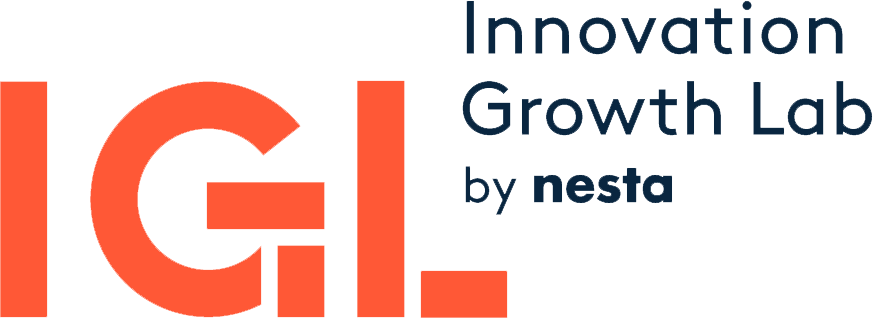Creating innovation systems that serve more diverse communities and help to recover the lost innovative potential
Why it matters
Innovation offers huge potential. It has the power to improve health, better connect people, and make our societies more productive and sustainable. At the same time, it can also fuel inequalities, destroy livelihoods, and greatly damage the environment. There is an urgent need to develop models of innovation that increase its benefits and reduce its harms for people and planet, and ensure that individuals and groups from all backgrounds are able to include themselves in the processes and practices of innovation.
Evidence of what works in building more inclusive innovation systems is limited, but there is a growing desire to bring focus and rigour to this area. At IGL, we work with partners to design, test and evaluate the impact of policies and programmes, united by a shared belief that the application of new ideas, increased experimentation and better evidence can significantly help us to learn how to expand who gets to participate, contribute and advance innovation for the public good.
Our work and impact
Since its launch, IGL has funded and gathered evidence from a number of experiments focused on inclusion and diversity. Our trials database includes examples of randomised controlled trials (RCTs) carried out by the research community on topics such as: supporting ‘‘missing’ entrepreneurs from minoritised socioeconomic backgrounds; increasing the representation of women in the patent system; reducing racial disparities in access to financial services; evaluating the impact of entrepreneurship training; and understanding gender and race dynamics in the perceptions of venture capitalists and business angels.
IGL’s work on inclusive innovation builds on a history of research and policy advocacy advanced by Nesta in recent years, including reports and a policy and practice focused book: Inclusive Innovation. In recent years, we have also been deepening our work on ways to recover the lost innovative potential; the untapped ideas, skills and resources of women, minoritised groups and young people from low-income families who do not invent at the same rate as children from the top 1% of earners. Collectively, this work has made a significant contribution to the global debate on inclusion in innovation, influencing the frameworks and practices of UN agencies, governments and researchers around the world.
Key resources

